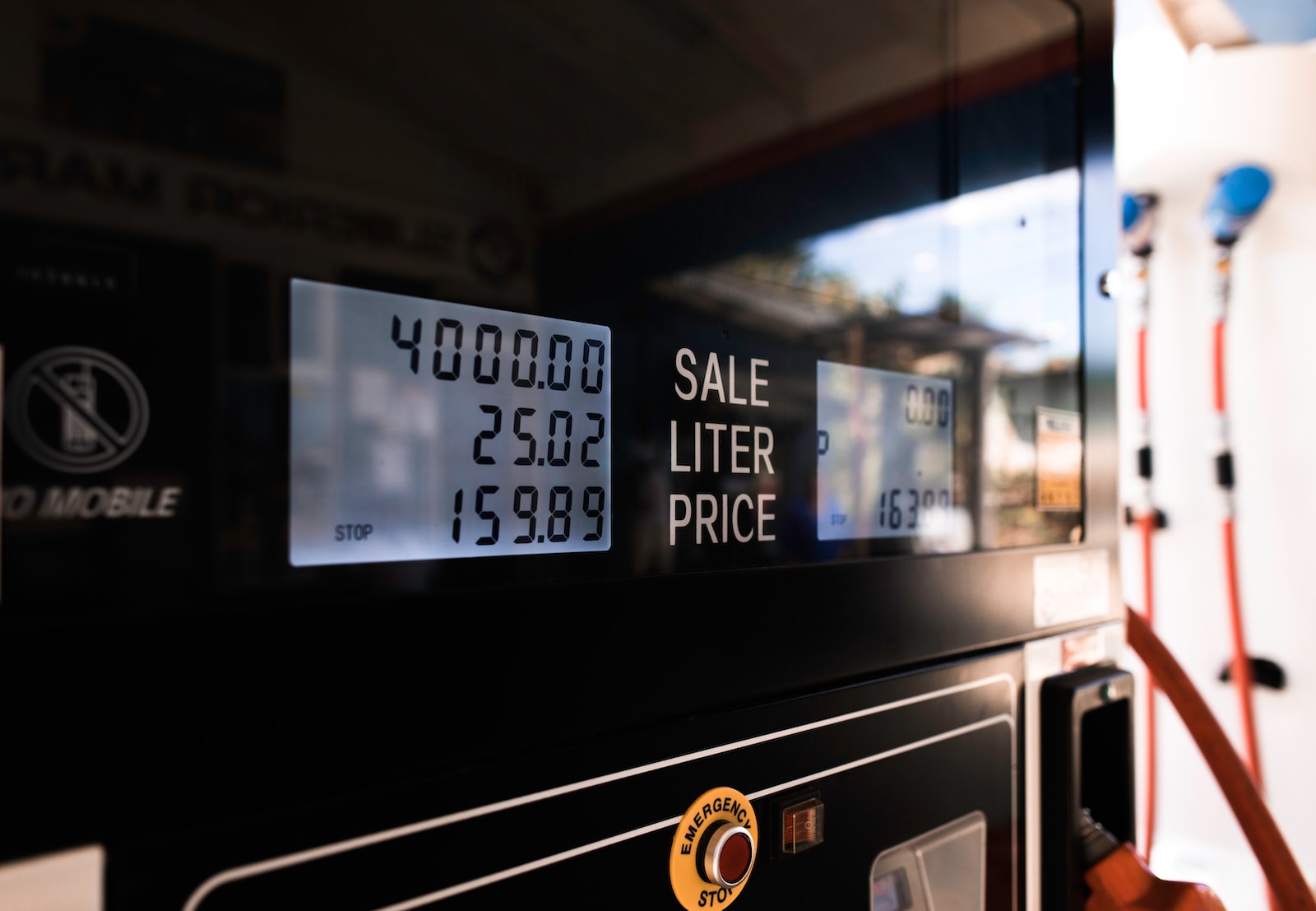Table of Contents
ToggleThe Shifting Energy Landscape: Peak Demand for Fossil Fuels Expected by 2030
In a remarkable shift, the International Energy Agency (IEA) predicts that global demand for oil, natural gas, and coal will reach its peak by 2030. This prediction marks a significant transformation in the global energy landscape, driven by countries’ policies promoting cleaner energy and transportation alternatives. However, it’s important to note that this peak won’t be sufficient to halt global warming. To achieve that, emissions from fossil fuels must approach zero. Let’s delve into the details.
The Rise of Clean Energy and Electric Vehicles
By 2030, the IEA envisions a world with ten times more electric vehicles on the road compared to today. Renewable energy sources like solar, wind, and hydropower are projected to supply 50% of global electricity, a substantial increase from the current 30%. Furthermore, heat pumps and electric heating systems are expected to surpass gas and oil furnaces in sales. The report also suggests that investment in offshore wind farms could surpass that in coal and gas power plants.
Implications for Fossil Fuel Demand and Consumption
If these projections materialize, the demand for oil and gas would likely plateau slightly above current levels for the next three decades. Developing countries may experience an increase in demand, while advanced economies may see a decline. Coal, the dirtiest fossil fuel, could experience a decline in demand, although fluctuations might occur due to specific circumstances such as heat waves or droughts.
Unstoppable Transition to Clean Energy
The executive director of the IEA, Fatih Birol, emphasizes that the transition to clean energy is a global, unstoppable phenomenon. The inevitability of this transition prompts the question of how soon it will occur rather than if it will happen. The report’s findings challenge oil executives to engage in conversations with various stakeholders, including car manufacturers, renewable industry experts, heat pump manufacturers, and investors to gain insights into the future of energy.
Controversy and Uncertainty Surrounding the Predictions
The IEA’s prediction of a peak in fossil fuel demand by 2030 has sparked controversy, with OPEC warning about the uncertainties of such forecasts. OPEC argues that underinvesting in oil and gas drilling based on these predictions could lead to an energy chaos if the demand doesn’t decline as expected. However, the IEA asserts that conversations need to extend beyond oil executives and include other industries and experts to obtain a comprehensive understanding of the energy landscape.
Factors Influencing Energy Futures
The energy outlook could change depending on countries’ energy policies. For instance, the projected 50% electric vehicle sales in the United States by 2030 could be affected if incentives, such as tax breaks, were eliminated. Additionally, recent events, such as geopolitical conflicts and high oil and gas prices driven by such conflicts, might encourage countries to reduce fossil fuel consumption. Unlike previous oil crises, today’s world is better equipped with alternative options, such as electric cars and remote work, reducing dependence on oil for electricity and commuting.
Uncertain Future and Climate Imperatives
While the IEA’s predictions offer insights into global energy trends, it’s crucial to acknowledge the inherent difficulty in making accurate forecasts. Previous miscalculations have occurred, such as underestimating solar power’s rapid growth and wrongly predicting China’s peak coal demand. Even if fossil fuel demand peaks in this decade, achieving climate goals will require more stringent policies, including bans on gasoline-powered cars and increased investment in clean technologies like nuclear power and clean hydrogen.
Conclusion:
The International Energy Agency’s prediction of a peak in global oil, coal, and gas demand by 2030 signifies a significant shift in the energy landscape. The increasing adoption of electric vehicles and renewable energy sources, coupled with the declining demand for coal, indicates a transition towards cleaner energy. However, meeting climate goals necessitates even more substantial declines in emissions. As the world braces for this transformative era, collaboration between industries, policymakers, and experts becomes vital to shape a sustainable future.







